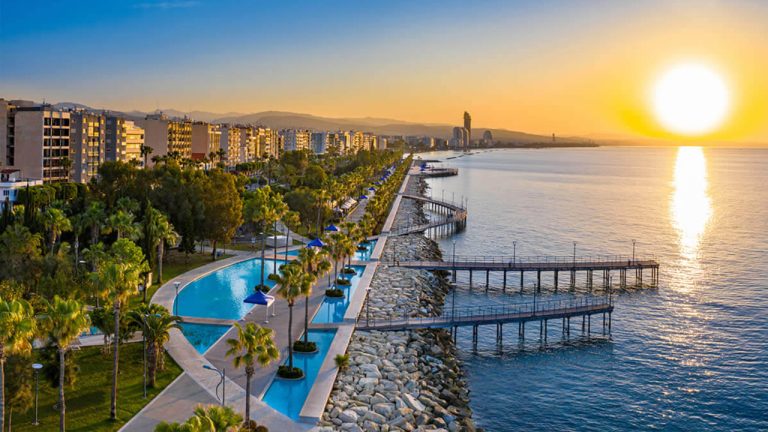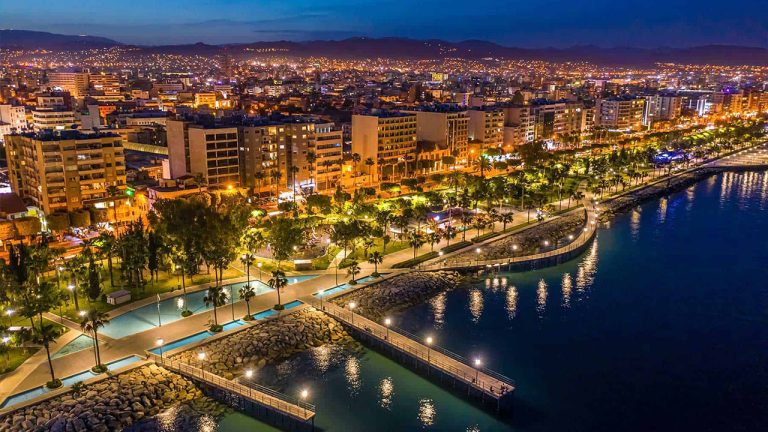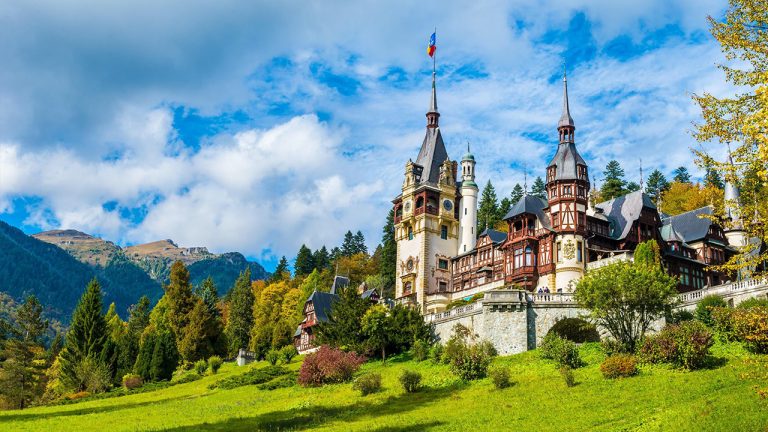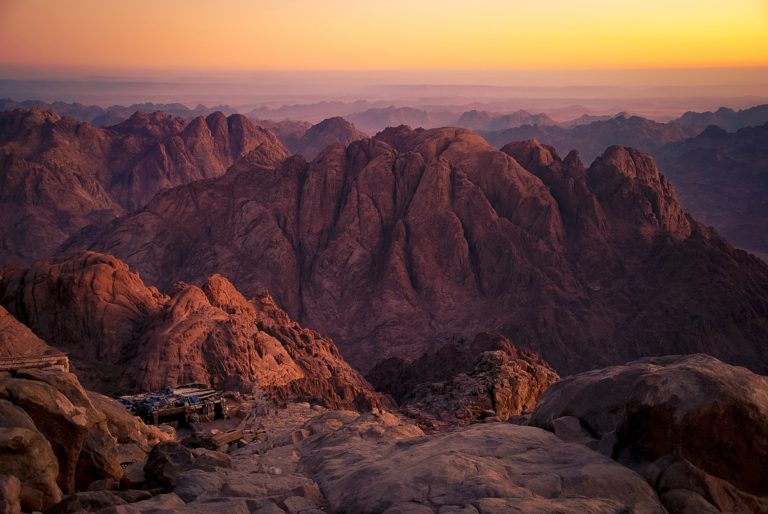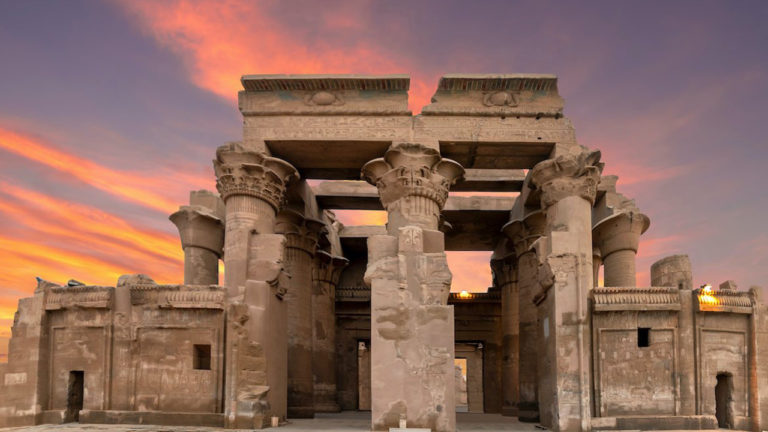
History
Ancient history and settlement.
Recent radiocarbon dating of seashell fragments and lead contamination show human activity at the location during the period of the Old Kingdom (27th–21st centuries BC) and again in the period 1000–800 BC, followed by the absence of activity thereafter. From ancient sources it is known there existed a trading post at this location during the time of Rameses the Great for trade with Crete, but it had long been lost by the time of Alexander’s arrival.[10] A small Egyptian fishing village named Rhakotis existed since the 13th century BC in the vicinity and eventually grew into the Egyptian quarter of the city. Just east of Alexandria (where Abu Qir Bay is now), there was in ancient times marshland and several islands. As early as the 7th century BC, there existed important port cities of Canopus and Heracleion. The latter was recently rediscovered under water.

Geography
Alexandria is located in the country of Egypt, on the southern coast of the Mediterranean. It is in the Nile delta area.
Alexandria has a hot desert climate (Köppen climate classification: BWh),[31] bordering on a hot steppe climate (BSh). Like the rest of Egypt’s northern coast, the prevailing north wind, blowing across the Mediterranean, gives the city a less severe climate from the desert hinterland.[32] Rafah and Alexandria[33] are the wettest places in Egypt; the other wettest places are Rosetta, Baltim, Kafr el-Dawwar, and Mersa Matruh. The city’s climate is influenced by the Mediterranean Sea, moderating its temperatures, causing variable rainy winters and moderately hot and slightly prolonged summers that, at times.
Alexandria Tours

Geschichte
Alte Geschichte und Siedlung.
Jüngste Radiokarbon-Datierungen von Muschelfragmenten und Bleikontamination zeigen menschliche Aktivitäten an diesem Ort während der Zeit des Alten Königreichs (27.–21. Jahrhundert v. Chr.) und erneut im Zeitraum 1000–800 v. Aus antiken Quellen ist bekannt, dass an dieser Stelle zur Zeit Ramses des Großen ein Handelsposten für den Handel mit Kreta existierte, der jedoch bei Alexanders Ankunft schon lange verloren war.[10] Ein kleines ägyptisches Fischerdorf namens Rhakotis existierte seit dem 13. Jahrhundert v. Chr. in der Nähe und wuchs schließlich zum ägyptischen Viertel der Stadt heran. Östlich von Alexandria (wo sich jetzt die Abu-Qir-Bucht befindet) gab es in der Antike Marschland und mehrere Inseln. Bereits im 7. Jahrhundert v. Chr. gab es bedeutende Hafenstädte Canopus und Heraklion. Letztere wurde kürzlich unter Wasser wiederentdeckt.

Geographie
Alexandria liegt im Land Ägypten, an der Südküste des Mittelmeers. Es liegt im Nildelta.
Alexandria hat ein heißes Wüstenklima (Köppen-Klimaklassifikation: BWh),[31] grenzt an ein heißes Steppenklima (BSh). Wie an der restlichen Nordküste Ägyptens verleiht der vorherrschende Nordwind, der über das Mittelmeer weht, der Stadt ein weniger strenges Klima aus dem Wüstenhinterland.[32] Rafah und Alexandria[33] sind die feuchtesten Orte in Ägypten; die anderen feuchtesten Orte sind Rosetta, Baltim, Kafr el-Dawwar und Mersa Matruh. Das Klima der Stadt wird vom Mittelmeer beeinflusst, das seine Temperaturen mäßigt, was zu wechselhaften, regnerischen Wintern und mäßig heißen und zeitweise etwas verlängerten Sommern führt.

